The Game Boy, released by Nintendo in 1989, was much more than just a portable console. It became a cultural icon that shaped the way we play on the go. Small, durable, and with a massive library, the Game Boy and its successor, the Game Boy Color, proved that simple graphics are no obstacle to great experiences. In an era without backlit screens or cartridges with gigabytes of data, imagination and game design did all the work.
In this list, we'll revisit 10 amazing games that defined the legacy of these two handheld generations. From Pokémon to Zelda, from Metroid to Wario Land, each title chosen here shows the creative power that could fit into a small 8-bit cartridge. Prepare for a nostalgic journey through epic adventures, colorful worlds, and soundtracks that have become forever etched in players' memories.

Pokémon Red & Blue / Gold & Silver / Crystal
Nothing defines the Game Boy better than Pokémon. When Red & Blue arrived in the West, the gaming world changed forever. The idea of capturing, training, and battling unique creatures was addictive, and the ability to trade monsters via a link cable created an unprecedented sense of community. The success was so great that the Game Boy practically became the "Pokémon console".
But the real evolution came with Gold & Silver and, later, Pokémon Crystal, already on the Game Boy Color. With a new generation of monsters, a day-night cycle, breeding, and an entire second region (Kanto), Game Freak delivered a seemingly endless sequel. Crystal also added animations and a more refined storyline, crowning the golden age of the handheld series.
Pokémon transformed gaming into a social and emotional experience. Every match was personal, every team reflected the player. Even with technical limitations, these titles proved that the Game Boy could create vast, vibrant universes. To this day, they’re remembered as pillars of portable RPGs.

The Legend of Zelda: Link’s Awakening DX / Oracle of Ages / Oracle of Seasons
Link’s Awakening showed that the spirit of The Legend of Zelda could shine even outside of home consoles. Set on the mysterious Koholint Island, the game featured a melancholic and profound story that explored dreams and sacrifice. The DX version, released on the Game Boy Color, added vibrant colors and a new dungeon, revitalizing the experience.
With Oracle of Ages and Oracle of Seasons, Capcom took on the challenge and delivered two interconnected games that elevated the portable concept. Each offered a unique mechanic: time manipulation in Ages and control of the seasons in Seasons. Together, they formed one of the franchise's most creative experiences.
These titles demonstrated that the Game Boy could host complex and emotional adventures, filled with secrets, puzzles, and a compelling narrative. To this day, they’re remembered as a milestone in the transition from portable simplicity to home console depth.

Super Mario Land 2: 6 Golden Coins
While the first Super Mario Land brought Nintendo's mascot to handhelds, it was Super Mario Land 2: 6 Golden Coins that showcased the plumber's true potential on the Game Boy. With detailed graphics and diverse levels, the game was surprisingly ambitious for the small console.
Here, Mario must reclaim his castle from the clutches of a new villain: Wario, who debuted in this title. The open-world map structure, allowing players to choose the order of the worlds, provided a sense of freedom rare for the time. Each level featured new mechanics and creative settings, such as the space world and the giant world.
The enchanting soundtrack and refined level design ensured the game's longevity. Super Mario Land 2 is considered by many to be the best classic portable Mario game, balancing challenge, charm, and innovation. It was the last major step before the series migrated to even grander adventures on color consoles and the Super Nintendo.

Kirby’s Dream Land / Kirby Tilt 'n' Tumble
The adorable Kirby was born on the Game Boy, and his debut in Dream Land proved that simplicity can be synonymous with fun. With accessible controls and a charming aesthetic, the little pink puff won over players with his ability to float and swallow enemies. Despite its short length, the game captivated with its charisma and fluidity.
Later, Kirby Tilt 'n' Tumble took innovation to the extreme on the Game Boy Color, introducing motion sensors built into the cartridge, a true revolution for the handheld. Players literally tilted the console to move Kirby around the environment, foreshadowing mechanics that would only become common years later on the Wii and smartphones.
These two titles showcase the franchise's versatility: from a simple platformer to a bold experiment with physical controls. Kirby was born for handhelds, and the Game Boy was the perfect stage for his creativity and cuteness.

Donkey Kong Land (Series)
The Donkey Kong Land series was a technical and creative feat that defied all the Game Boy's limitations. Developed by Rare, it brought the essence of Donkey Kong Country to the handheld, adapting the Super Nintendo's pre-rendered visuals and platforming gameplay in impressive fashion.
In Donkey Kong Land, Donkey Kong Land 2 and Donkey Kong Land III, players embarked on unique new adventures, featuring never-before-seen levels, creative enemies and challenges tailored for the small screen. Even with the limited hardware, the pixelated visuals maintained the franchise's charm and identity. Each level was an exercise in clever design, balancing action and exploration.
The soundtrack is a scaled-down but still epic version of the music composed by David Wise, reinforcing the atmosphere of the tropical jungles and caves. All three titles proved that the Game Boy could deliver experiences comparable to those of a home console. The Donkey Kong Land series remains to this day a shining example of how to transform a technical limitation into pure portable creativity.
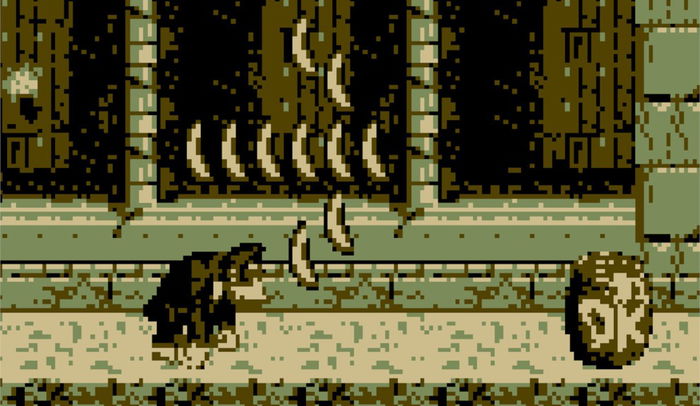
Metroid II: Return of Samus
Before Super Metroid came Metroid II: Return of Samus, a pivotal chapter in the series' history. Released exclusively for the Game Boy, the game expanded the universe of Samus Aran and introduced narrative and design elements that would shape the franchise.
Even with monochromatic graphics, Metroid II managed to convey a dense and solitary atmosphere. The mission to eliminate all the Metroids on planet SR388 created a constant sense of progression and tension. Each new enemy mutation made the challenge more terrifying and epic.
Furthermore, the game introduced concepts that would be central to the future of the saga, such as the Metroid Queen and the direct connection to the plot of Metroid Fusion. It's a more introspective experience, focused on exploration and isolation, a work that showcases the narrative power of the Game Boy's minimalism.

Wario Land: Super Mario Land 3
After stealing the show in Super Mario Land 2, Wario got his own game, and what a debut! Wario Land: Super Mario Land 3 redefined the concept of platforming on the handheld, blending humor, greed, and a heavier, more physical gameplay style.
Instead of saving princesses, Wario searches for treasure, attacking enemies with shoulder-butts, and exploring levels full of secrets. The focus on collecting riches and multiple endings based on accumulated fortune added a new level of replayability. It was the opposite of Mario's heroic philosophy, and that made it irresistible.
The game's success spawned the Wario Land franchise, which would further explore Nintendo's creativity on handhelds. This title isn't just a spin-off: it's one of the best platforming experiences on the Game Boy and an example of how to reinvent a classic formula with personality.
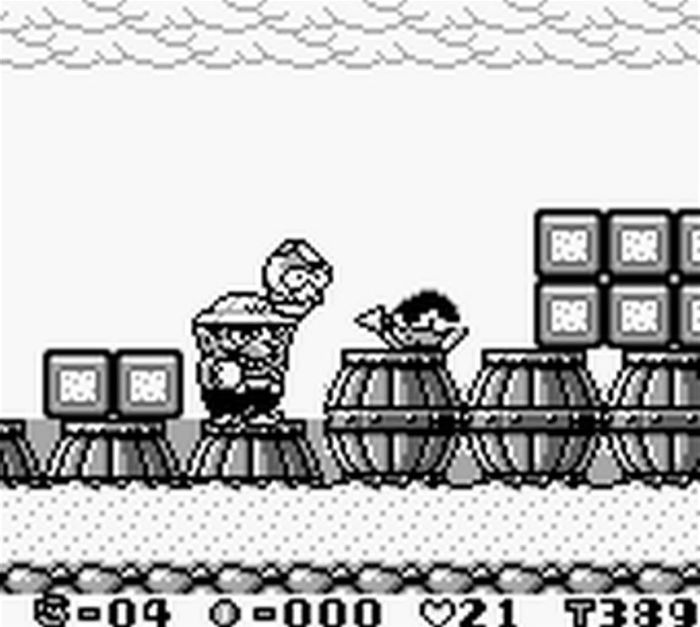
Metal Gear Solid
Few expected Metal Gear Solid to work on a Game Boy, but the result was surprising. The 2000 title, also known as Metal Gear: Ghost Babel, is a 2D reinvention that perfectly captures the essence of the series: stealth, complex narrative and memorable characters, all within the limitations of the handheld.
The gameplay was fluid and strategic, encouraging players to avoid direct confrontations. The story, set in an alternate timeline, maintained the franchise's political and philosophical tone, with dialogue and twists worthy of Kojima.
With detailed graphics and impressive music for the hardware, the game is considered one of the Game Boy Color's greatest technical achievements. Metal Gear Solid (GBC) is proof that even a portable console could offer a tense, cinematic and intelligent experience.
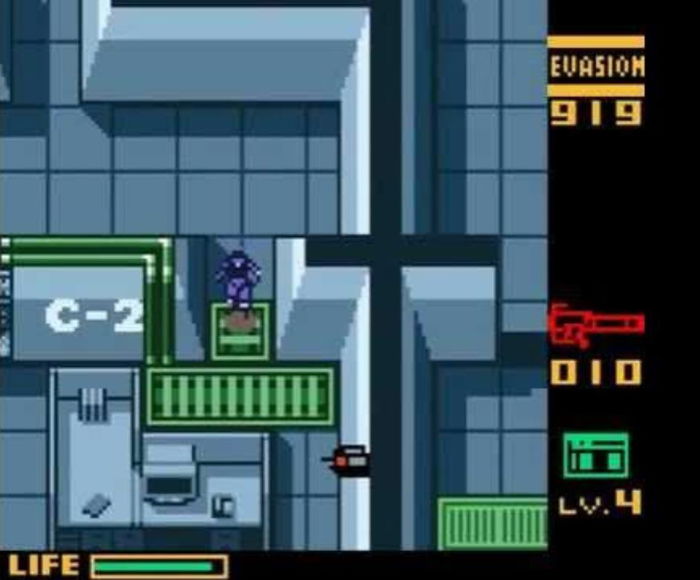
R-Type DX
R-Type DX is the definitive package for one of the greatest shoot 'em ups in history. Bringing together the R-Type I and II versions and offering colorful graphics on the Game Boy Color, the game delivers one of the most challenging and rewarding experiences on the console.
The precision of the controls and enemy design remain impressive. Mastering each level requires memorization and quick reflexes, typical of the arcade era. The addition of color and visual improvements made R-Type DX the definitive portable version of the classic.
It's the kind of game that shows how the Game Boy could deliver intense, arcade-like action anywhere, without sacrificing quality. For space shooter fans, it's a masterpiece condensed into a small cartridge—pure pixelated nostalgia.
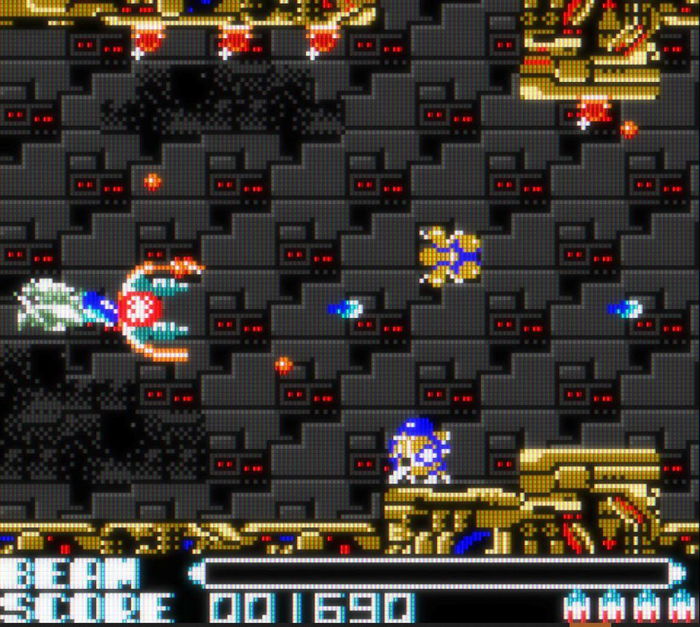
Mega Man Xtreme
Closing this list with Mega Man Xtreme is recognizing how the Game Boy Color managed to bring the frenetic energy of the 16-bit era to the palm of your hand. The game adapts elements from Mega Man X and X2 for the Super Nintendo, combining stages, bosses, and weapons in a new adventure tailored for the handheld.
The gameplay remains precise and challenging, with fast-paced combat and bosses that require strategy. The plot, though simple, connects to the Mavericks saga and offers new contexts within the X universe. The soundtrack, adapted for the GBC sound chip, maintains the series' signature energy.
Mega Man Xtreme is a technical triumph and a gift for fans. It demonstrates how the Game Boy Color could capture the essence of console gaming without losing intensity. A title that proves: even the blue hero shines in 8-bit.
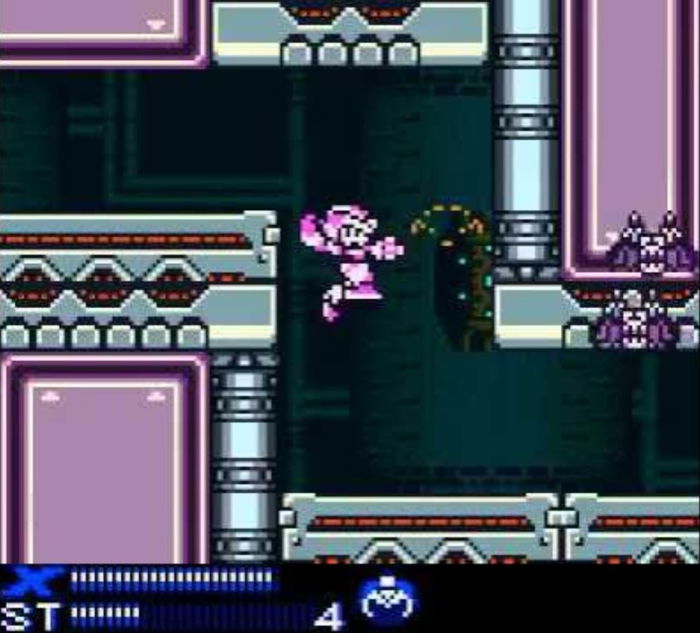
Conclusion
The Game Boy and Game Boy Color proved that size doesn't define greatness. In an age of technical limitations, every developer had to be creative, transforming simplicity into magic.
These 10 games show how essential Nintendo's handheld was to the history of video games, a cradle of ideas, characters and franchises that still live on today. Between Pokémon battles, Zelda adventures, and the genius of Wario, the Game Boy taught an entire generation that fun could fit in your pocket.













— Comments 0
, Reactions 1
Be the first to comment